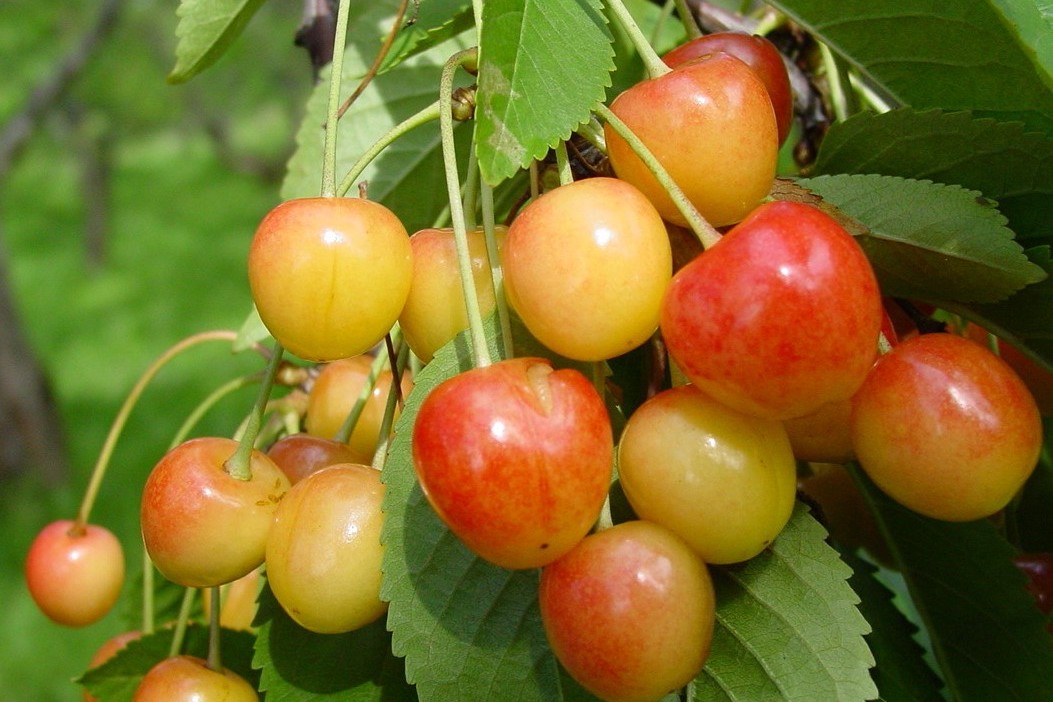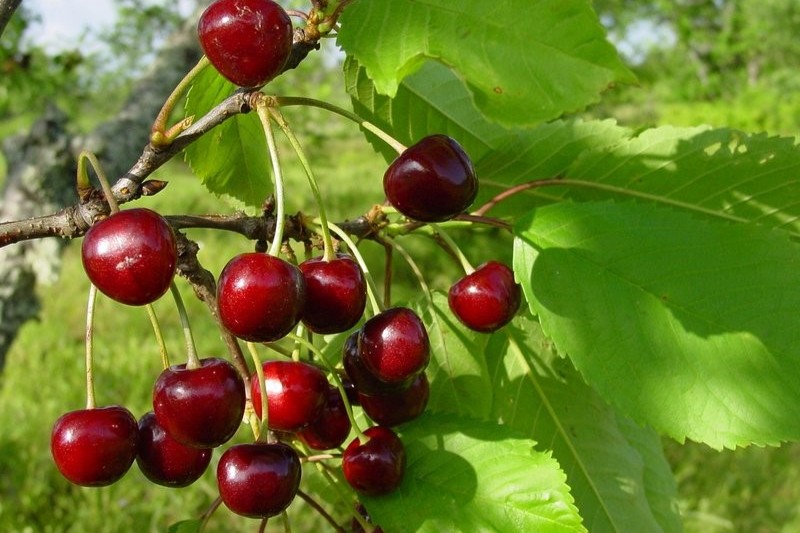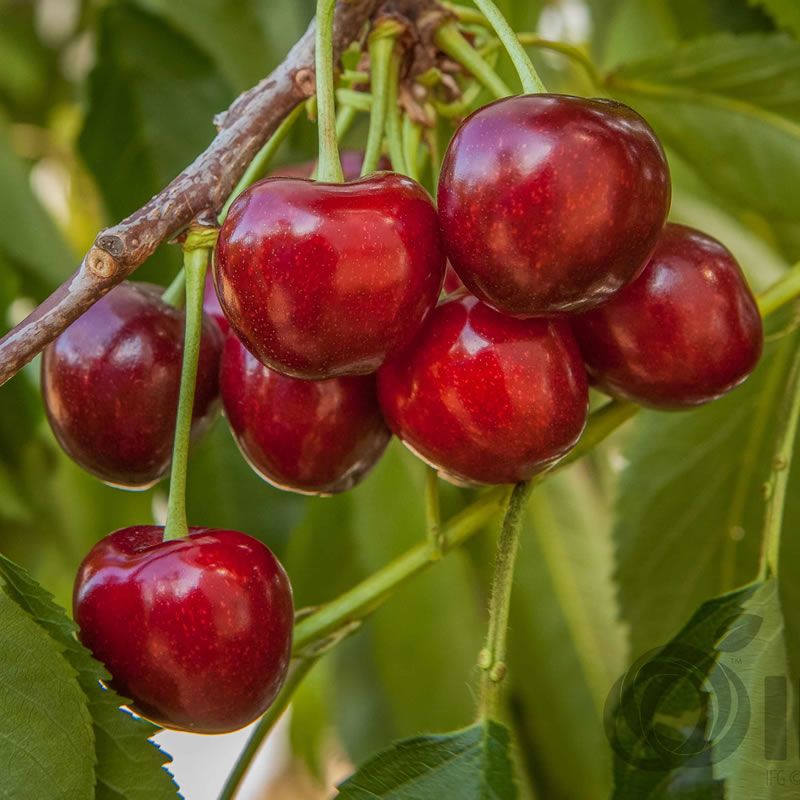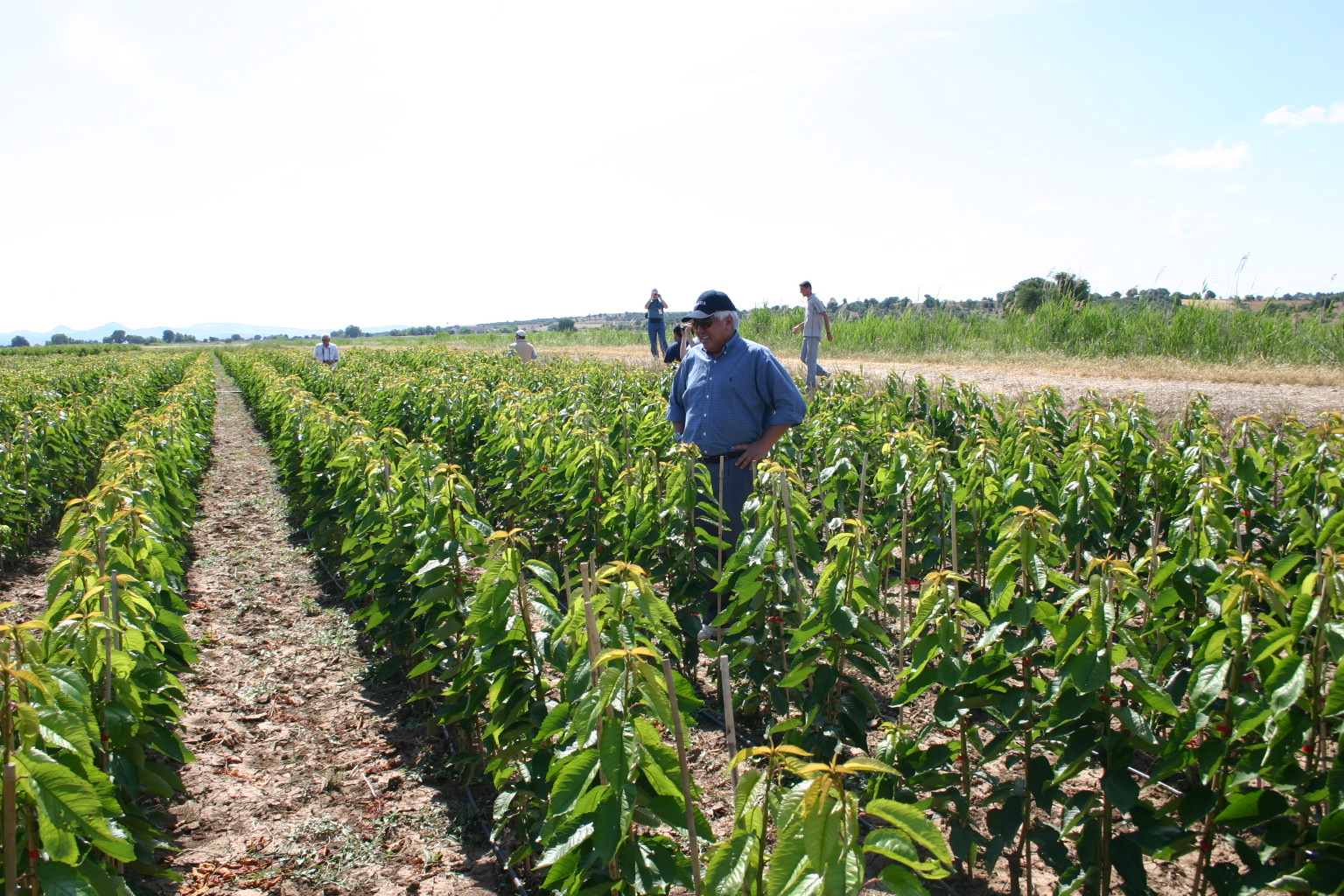Over the past 80 years, Estonia has cultivated several dozens of high-quality cherry varieties.

In the 18th century, cherry cultivation began to develop more vigorously in all regions of the world where these plants are grown. By the end of the 19th century, numerous cherry varieties imported from Western Europe had already spread in Estonia.
However, many foreign varieties did not withstand the Estonian climate, so it was necessary to select suitable varieties. This effort was significantly supported by the book "Homeland Berries" (Kodumaa marjad) by Jaan Spuhl-Rotalia, whose second part, published in 1912, provides an overview of cherry cultivation and a detailed description of the varieties.
In 1927, at the Horticultural Experimental Station of the University of Tartu, fruit research was also initiated to identify varieties resistant to cold and adapted to the Estonian climate. Based on experimental data, in 1934 a recommended assortment was compiled, proposing the cultivation in Estonia of six sour cherry varieties and three sweet cherry varieties, one of which was the 'Dönisseni's Yellow' variety.
 Figure 1. The cherry variety Dönissen's Gelbe Knorpelkirsche (Dönisseni kollane)
Figure 1. The cherry variety Dönissen's Gelbe Knorpelkirsche (Dönisseni kollane)
Famous breeders and varieties
Cherry cultivation began in Estonia in 1945, when the Polli Institute for Horticulture and Apiculture was founded. The aim of the selection was to create sour and sweet cherry varieties that were winter-hardy in Estonia, disease-resistant, with moderate growth vigor, high yields, and good fruit quality.
Selection of varieties was done through hybridization and sowing of seeds obtained from open pollination of existing varieties.
The most well-known stone fruit breeders are Arthur and Eevi Jaama, who cultivated one sour cherry variety, 'Jagoli', and ten sweet cherry varieties, three of them in collaboration with Heljo Jänes ('Arthur', 'Polli murel', 'Elle', 'Irma', etc.).
Heljo Jänes personally bred the sweet cherry variety "Anu". A significant contribution to the diversification of the sweet cherry assortment in Estonia was made by Kalju Kask, who, in addition to cultivating apple and pear trees, also bred sweet cherries.
In total, Kalju Kask bred 10 sweet cherry varieties ("Meelika", "Mupi", "Piret", "Tontu", etc.).
 Figure 2. The cherry variety Polli rubiin
Figure 2. The cherry variety Polli rubiin
Current breeding goals
Today, the goal of cherry breeding is to develop self-fertile varieties, with a compact crown and late flowering, high yield and high quality, more crack-resistant and early-ripening, suitable for mechanical harvesting.
Newly selected varieties should be less sensitive to the spread of diseases and pests and able to adapt to changing climatic conditions.
Figure 3. Cherry varieties in the collection at the Polli Horticultural Research Center, Estonia. The first column lists the Estonian varieties.
Global production and outlook
Despite the serious challenges cherry growers face due to climate change, global cherry production has increased by 37% since 2000, mainly thanks to sweet cherries.
A similar trend is observed in Estonia, where more sweet cherries are being cultivated. However, those with more space in their orchard and an interest in fruit growing might consider planting both sweet and sour cherries.
You can find descriptions of individual varieties by clicking here on the variety database page of the Estonian University of Life Sciences.
Image source: Polli Horticultural Research Centre – Estonian University of Life Sciences
Kersti Kahu
Polli Horticultural Research Center, Estonian University of Life Sciences
Cherry Times – All rights reserved















